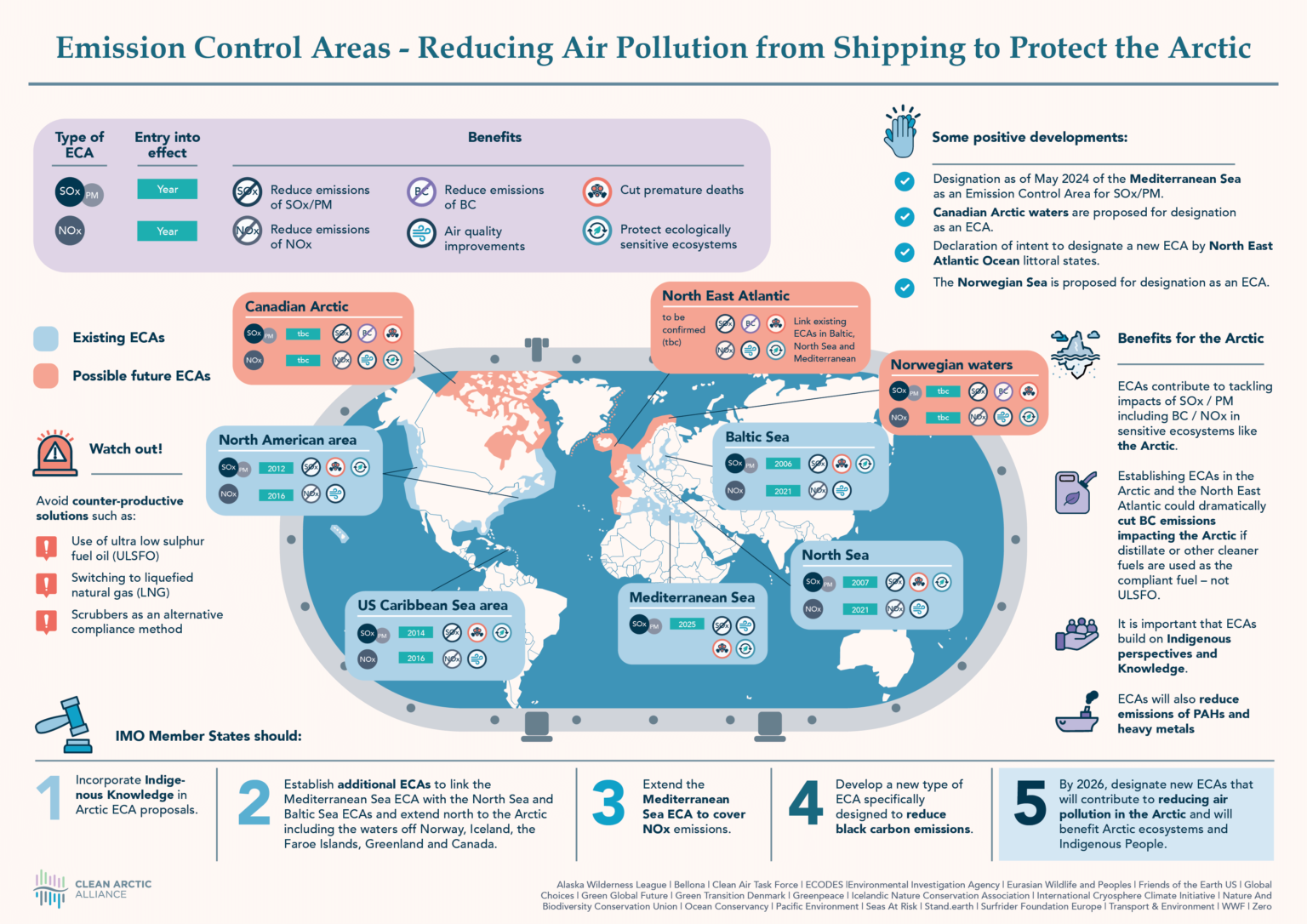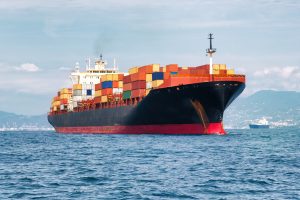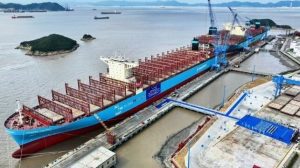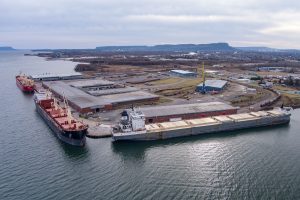London – As a meeting of the International Maritime Organization’s Marine Environment Protection Committee (IMO, MEPC 81) closed today, the Clean Arctic Alliance welcomed the support for two new areas in the Arctic to be protected from polluting air emissions from shipping.
The two Emission Control Areas (ECAs) proposed by Canada and Norway and approved by IMO member states will provide additional protection from air emissions in Canadian Arctic waters and the Norwegian Sea by reducing emissions of sulphur oxides (SOx), particulate matter and nitrogen oxides (NOx) from international shipping.
“The creation of these two new Emission Control Areas will set an important precedent for protection of our climate and our ocean, and particularly the Arctic”, said Dr Sian Prior, Lead Advisor to the Clean Arctic Alliance. “We hope that the designation of ECAs in Canadian Arctic Waters and the Norwegian Sea will drive broad positive change on reducing shipping climate pollutants, especially if the shipping sector complies with the designation by switching to low-sulphur distillate fuels or other cleaner non-fossil fuels. In addition, moving to cleaner fuels will reduce emissions of SOx and particulate matter leading to co-benefits with reductions in black carbon (BC) emissions, provided that cleaner ECA-compliant fuels – and, in particular, distillates – are used.”
“The creation of an ECA in Canadian Arctic waters will reduce polluting air emissions from ships, improve air quality for northern populations, deliver benefits to both marine and terrestrial habitats and wildlife and also contribute to a reduction in climate-forcing black carbon pollution in the Arctic”, continued Prior. “The Norwegian Sea ECA will reduce impacts on human health and contribute to reduced deposition of nitrogen and sulphur along the Norwegian coast, including a 58% reduction in particulate matter, such as black carbon, by 2030 compared with 2020. Both ECAs will significantly reduce air pollution from ships in the Arctic.”
“The designation of ECAs in the Canadian Arctic waters and the Norwegian Sea highlights the need for continued work on a possible creation of an ECA in the North-East Atlantic Ocean as referred to at MEPC 80 last summer”, said Carolina Silva, Shipping & Ocean Policy Officer at Zero. “These ECAs will significantly expand the socio-economic, environmental and health benefits for a large number of coastal communities, as well as marine and coastal habitats and wildlife along the North-East Atlantic region, and will also have the co-benefit of reducing black carbon emissions from shipping further south which can still impact the Arctic.”
“ECAs remain one of the most efficient tools at IMO Member States’ disposal to tackle air pollution from ships and are particularly relevant for sensitive ecosystems like the Arctic, therefore, it is important that proposals for new ECAs are as effective and environmentally sound as possible, to ensure their full potential is realised”, continued Silva. “To this end, the positive show of support for Norway’s proposal, which rectifies a problem in the existing ECA regulations whereby a loophole allows ships to delay the implementation of the most stringent NOx reduction requirements, is a good first step in the right direction [1]. Now the IMO must urgently address the fundamental shortcomings of the NOx regulation to prevent further delay of the most stringent requirements in other regions, and to maximise the potential emissions reductions from establishing new ECAs.”








